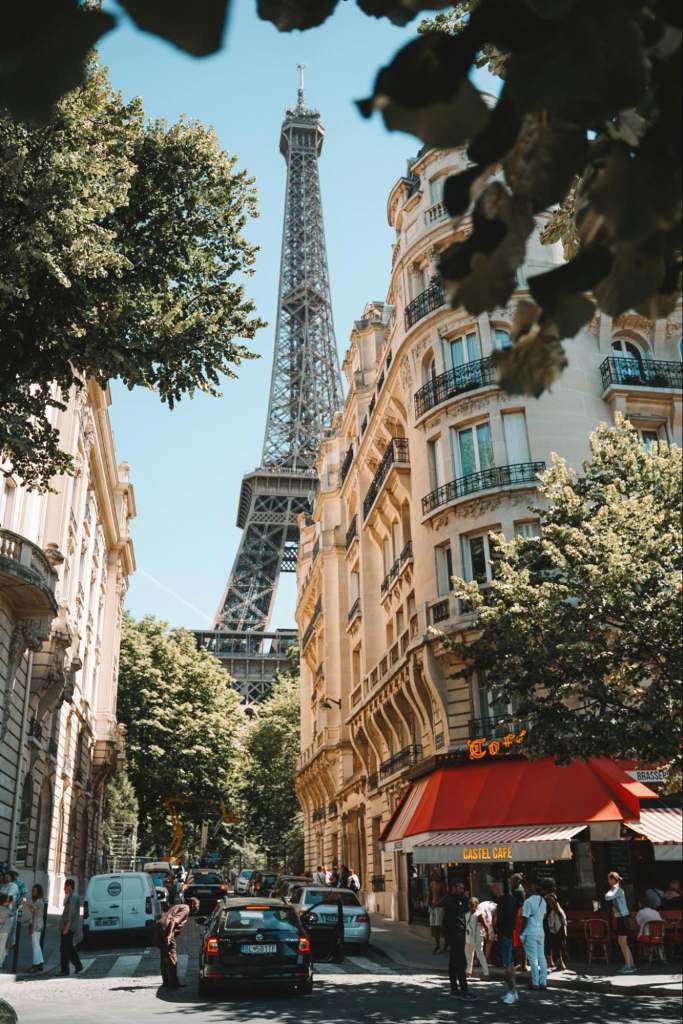France has always carried a reputation for beauty. The effortless style, the carefully curated fashion, the way people seem to value refinement without shouting about it. But in recent years, the country has become more than just the capital of couture: it has quietly shaped itself into a destination for aesthetic medicine.
Not the flashy, overdone look. Instead, something subtler. Treatments that focus on precision, artistry, and a balance that keeps results natural. This is where France has taken the lead.
A Different Attitude Toward Beauty
In many places, cosmetic treatments still spark hesitation. People whisper about them or hide the fact they’ve had work done. France, however, built a culture that sees aesthetic care as an extension of wellness. A small adjustment is no different from a haircut or skin treatment. This perspective changed the way the global community looks at non-surgical enhancements.
Clinics in Paris, Lyon, and Marseille began offering tailored approaches. They moved away from standard, one-size-fits-all procedures.
Instead of cookie-cutter treatments, practitioners focused on what makes each face unique: bone structure, lifestyle, and the long-term health of the skin. That approach attracted clients from across Europe and far outside it.
Why Travelers Are Booking Procedures Abroad
Traveling for medical care isn’t new. But the rise of aesthetic tourism in France is different. Patients combine a holiday with their touch-ups, making the experience less clinical and more lifestyle-driven. Spend a few days in Paris, visit galleries, taste wine, and in between, book an appointment for injectables or skin treatments.
It’s not about hiding it. It’s about weaving the experience into a trip that feels indulgent yet purposeful. And because French clinics built strong reputations, trust became part of the reason people hop on a plane.
A Growing Demand for Trusted Injectables
The rise of aesthetic tourism in France also ties back to products themselves. Patients aren’t only choosing clinics for their reputation. They’re also looking at the injectables being used.
Treatments like Dysport have gained popularity for softening fine lines and restoring smoother skin – without freezing natural expressions. For many, the decision to travel isn’t just about the artistry of the practitioner. It’s also about the certainty that high-quality products, proven in global markets, will be part of their treatment.
Access to these trusted solutions is what makes traveling for a touch-up worthwhile. It explains why so many clients actively seek out destinations where they can buy Dysport as part of their aesthetic journey.
The Role of Subtle Innovations
Aesthetic medicine in France didn’t take a giant leap overnight. It grew through small shifts that aligned with cultural values:
- Light touches rather than dramatic changes: Keeping the identity intact while refreshing tired features.
- Focus on prevention: Patients start earlier, not to look “different” but to keep skin in balance over time.
- Integration of art and medicine: Many practitioners in France describe their work as sculpting, not just treating.
This balance between medical science and artistry is what sets the French approach apart. People trust the results won’t cross into the unnatural, which is often a fear when traveling for treatments.
Paris as the Epicenter
Paris naturally became the flagship destination. The concentration of clinics, research facilities, and conferences made it the center of European aesthetic discussions. Global professionals attend events here to learn techniques and stay in step with innovation. Patients, meanwhile, take advantage of the expertise concentrated in one city.
But the draw isn’t only professional. The city itself amplifies the experience. Imagine leaving a clinic and stepping into a Parisian café, feeling part of a lifestyle that values both beauty and culture. The recovery feels lighter in that environment.
The Blending of Medicine and Lifestyle
The future of French aesthetic tourism lies in this blending. Patients don’t want to separate travel from treatment. They want both.
A consultation in the morning. A wine tasting in the afternoon. Skin rejuvenation followed by a walk along the Seine. France understood this demand early and adapted.
Medical centers began collaborating with travel companies. Packages that include consultation, procedure, and recovery-friendly itineraries appeared. The experience feels curated rather than clinical. That’s the key: it’s not only about results but about the journey wrapped around them.
The Ripple Effect Across the Globe
As France strengthens this role, other countries watch closely. Some are trying to replicate the model: a balance between cultural identity and advanced treatments. But it’s not easy to copy.
France built this reputation on decades of blending beauty with refinement. It wasn’t manufactured. It grew naturally out of a society that values moderation and art.
That’s why patients travel here. Not only for the treatment, but for the feeling that comes with it. The reassurance that they’ll return home not transformed into someone unrecognizable, but renewed.
Final Thoughts
The global conversation around aesthetic medicine is shifting. No longer just a quick fix. No longer something people hide. It has started to blend into lifestyle care.
France sits at the center of that shift. Not only a place for great art or good food. But a place where subtle changes in beauty are reshaping how the world thinks about touch-ups.
And for many, the trip isn’t only about the Eiffel Tower anymore. It’s about stepping into a culture that treats beauty as both science and art. A culture that leaves travelers returning home with something more than memories: a quiet, renewed confidence.
Because results don’t scream. They whisper. They blend into the rhythm of daily life. They match the personality, not overwrite it. And that is why people keep coming back.
Photo by Alex Azabache: https://www.pexels.com/photo/photograph-of-a-buildings-near-the-eiffel-tower-4039924/

